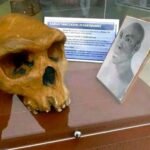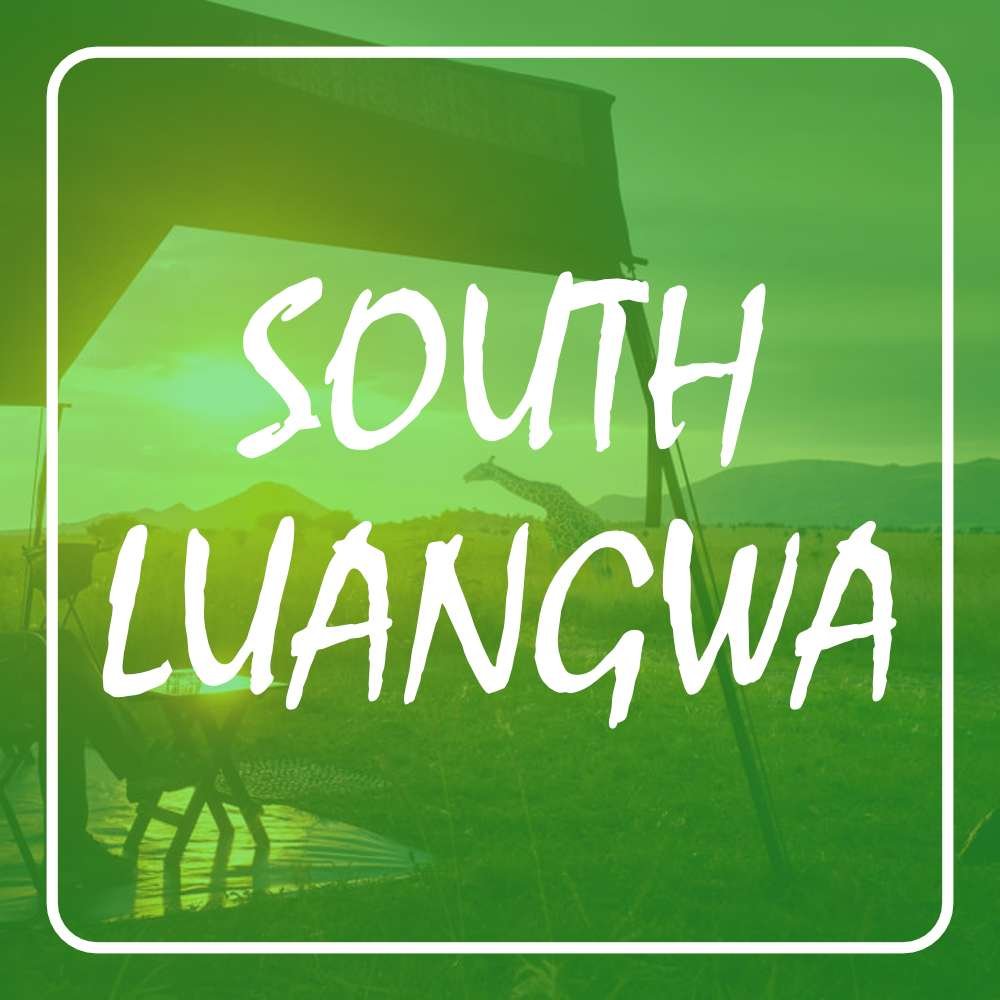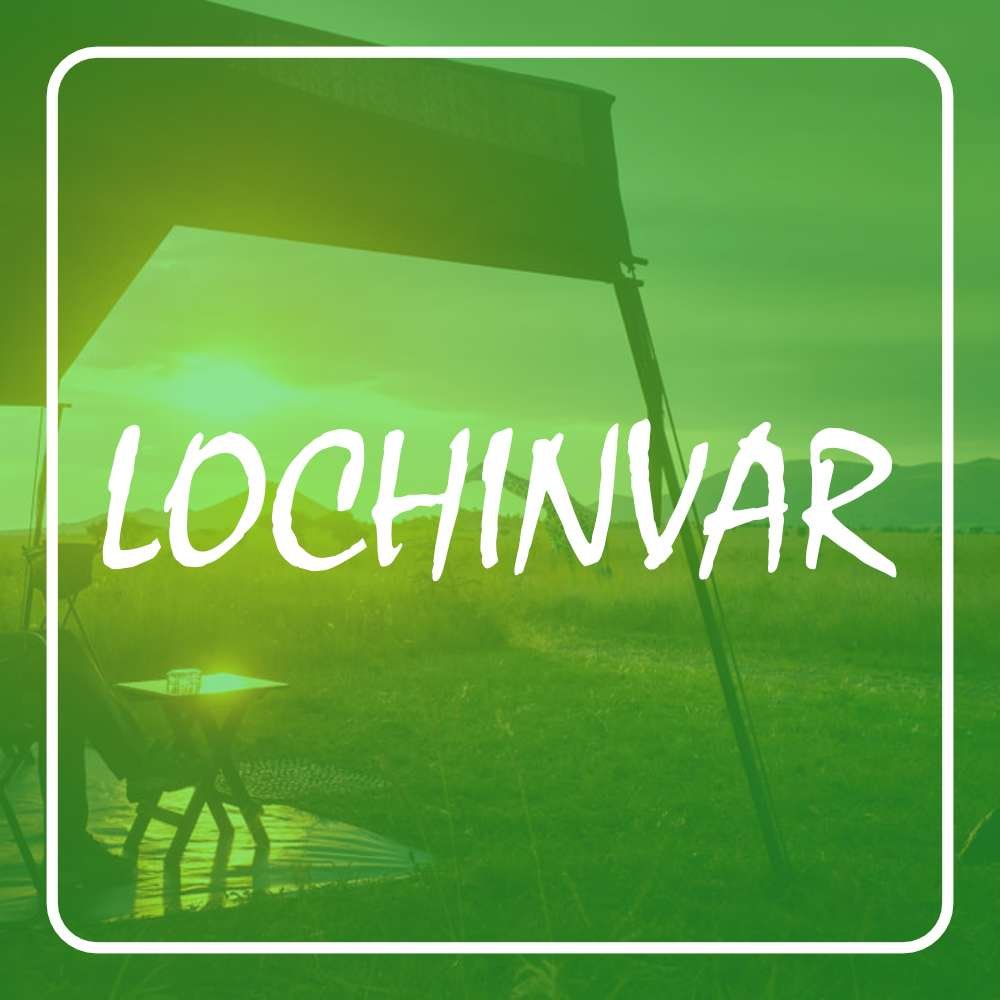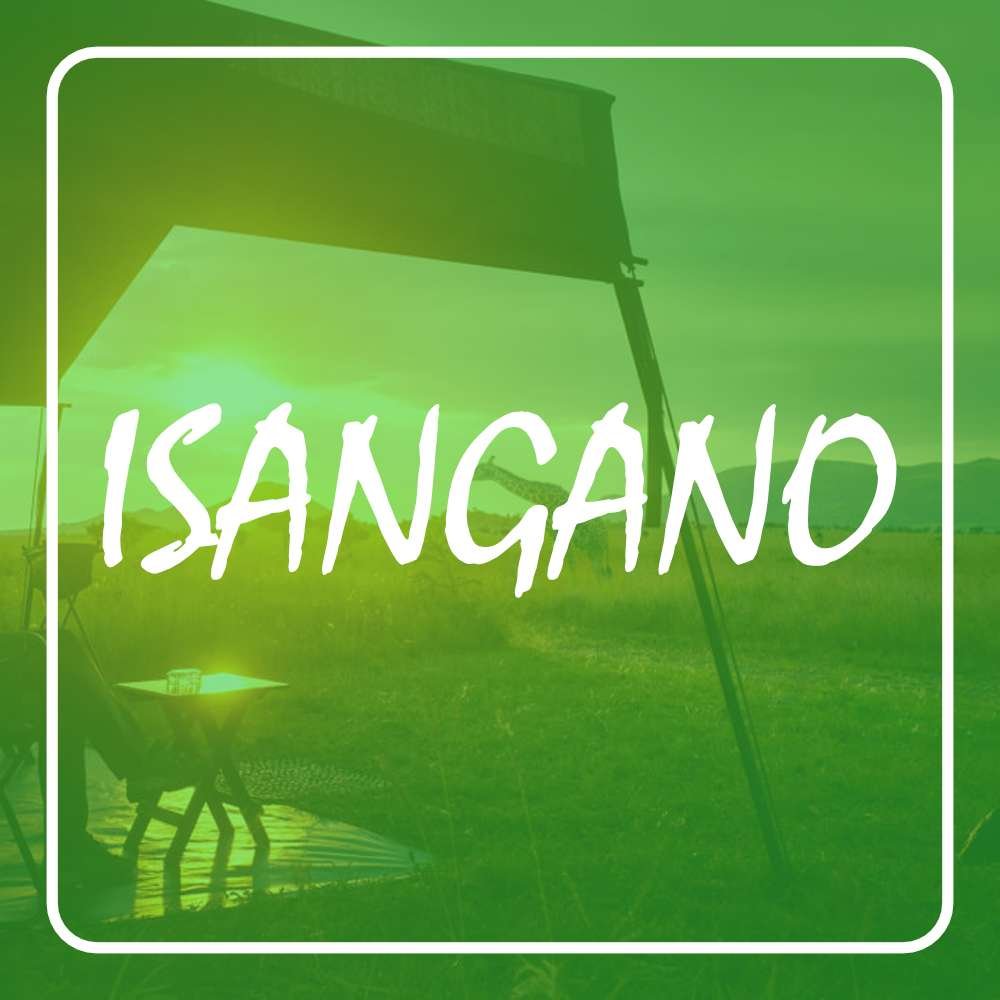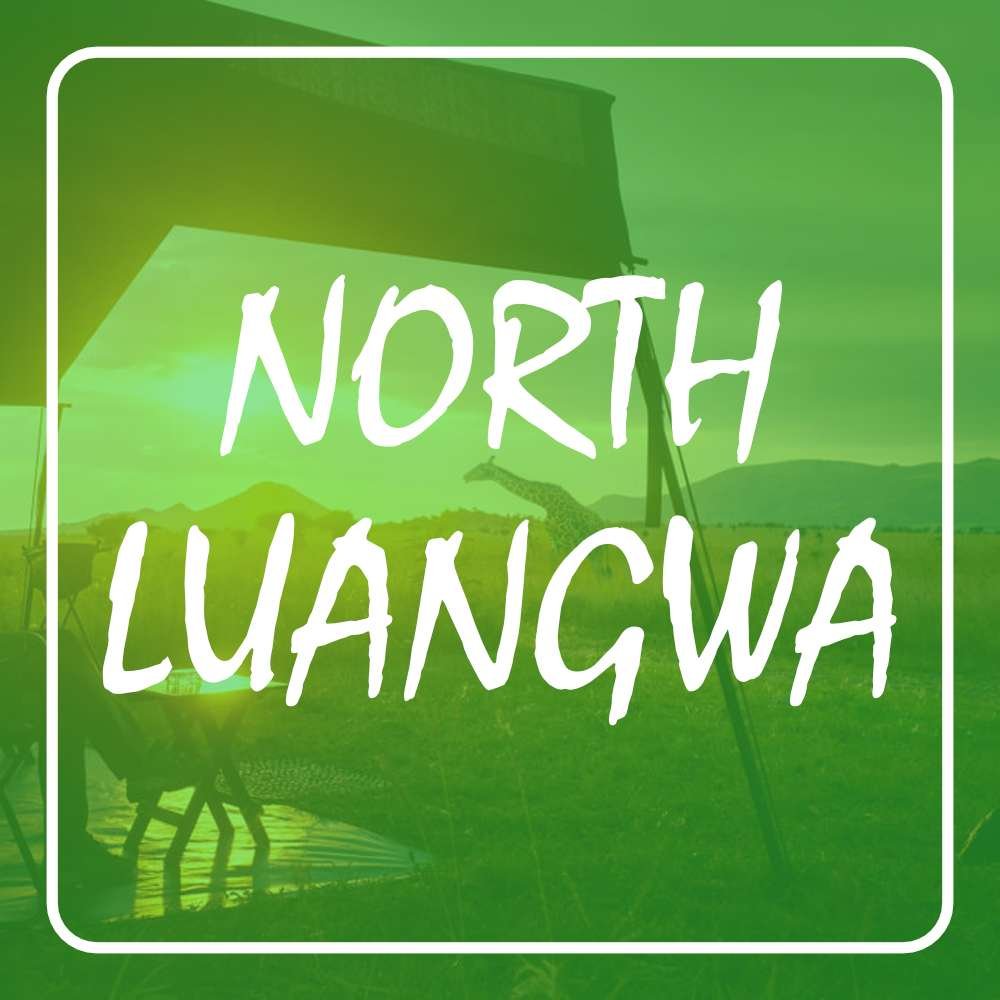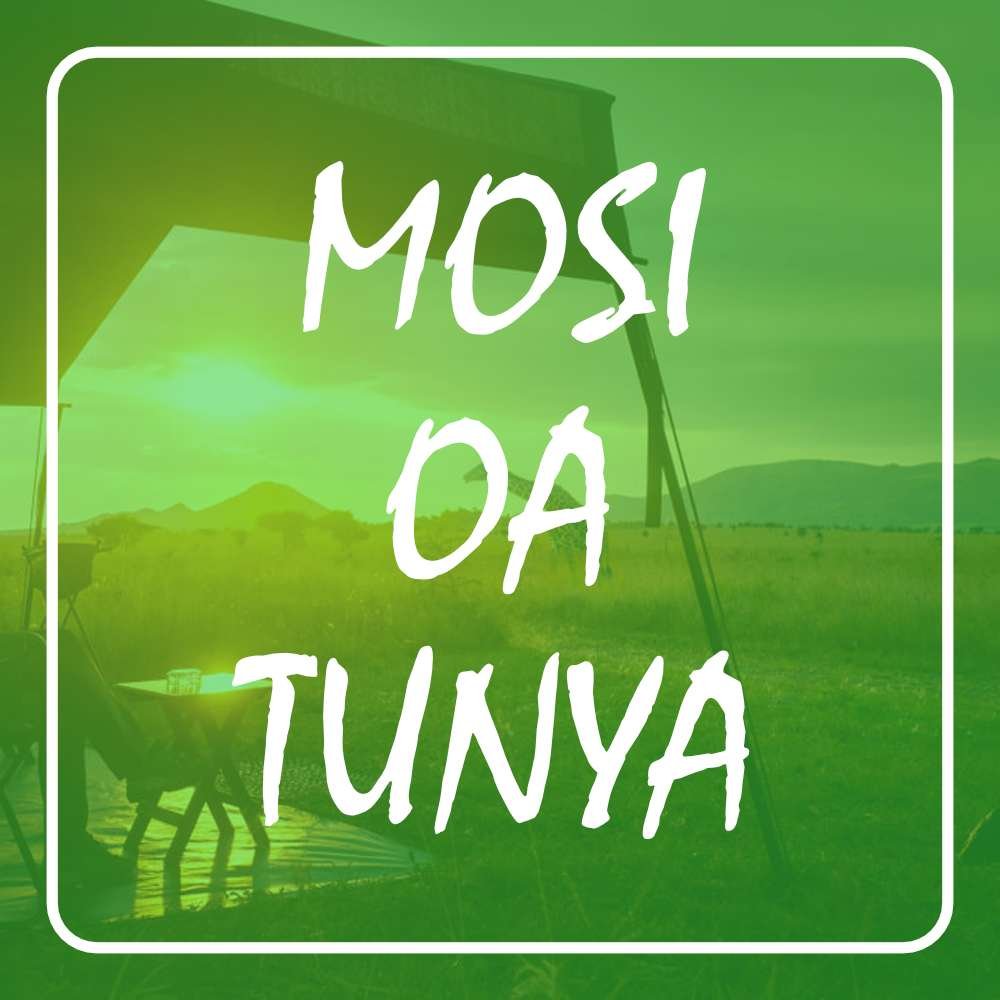Lower Zambezi National Park
- Governing Body: Department of National Parks and Wildlife
- Coordinates: 15°36′S 29°34′E
- Type: National Park
- Area: 4092km2
- Established: 1983
- Nearest District(s): Lusaka
- Province(s): Lusaka
- Countries: Zambia
Share:
General Information
The Lower Zambezi national park lies on the north bank of the Zambezi River. The area used to be the private game reserve of the president until 1983. This meant that the park was protected from mass tourism and now remains one of the few untouched wilderness areas left in Africa
Infrastructure & Accessibility
The best time is mid season from June to September, but all lodges and canoeing operators are open from April to November. Royal Zambezi Lodge and Kayila Lodge is open all year.
Habitat, Flora and Climate
On the opposite bank of the Zambezi is Zimbabwe’s Mana Pools National Park. The two parks sit on the Zambezi floodplain ringed by mountains. The area is a UNESCO World Heritage Site.
The park gently slopes from the Zambezi Escarpment down to the river, straddling two main woodland savannah ecoregions distinguished by the dominant types of tree, Miombo and Mopane: Southern Miombo woodlands on higher ground in the north, and Zambezian and Mopane woodlands on lower slopes in the south. At the edge of the river is floodplain habitat.
The vegetation in the area is predominated by Acacia albida trees, called the winterthorn, growing 10 to 30 meters high, with the classical shady umbrella canopy. It is able to tolerate sandier soils than other woodland species and serves to stabilize infertile sandbanks and reduce erosion.
Wildlife
Most large mammals in the national park congregate on the floodplain, including the Cape buffalo, a large elephant population, lion, leopard, many antelope species, and hippopotamus. There are occasional sightings of the Cape wild dog.
Birdlife
The Lower Zambezi national park has a large number of species of birds. The birdlife along the riverbanks is exceptional. Many a fish eagle can be seen and heard for miles around. Nesting along the cliffs are white-fronted and carmine bee eaters. Other unusual species are the red-winged pratincole, the elegant crested guinea fowl, black eagle, and vast swarms of quelea. In summer the stunning narina trogon makes its home here. Other specialities are the trumpeter hornbill, Meyers parrot and Lilian’s lovebird.
Fish
Fish are plenty as it sits on the banks of the Zambezi floodplain. Fishing is at its best in September / October.
Reptiles & Amphibians
Crocodiles and many different types of reptiles and amphibians can be found here.
Accommodation Type(s)
Chalet(s), Lodge(s), Camping, Guest House(s)Activities
Boat Cruise, Canoeing, Game Drives, Fishing, Safari Tour, Guided TourNo donation to this project yet.
| M | T | W | T | F | S | S |
|---|---|---|---|---|---|---|
| 1 | 2 | 3 | ||||
| 4 | 5 | 6 | 7 | 8 | 9 | 10 |
| 11 | 12 | 13 | 14 | 15 | 16 | 17 |
| 18 | 19 | 20 | 21 | 22 | 23 | 24 |
| 25 | 26 | 27 | 28 | 29 | 30 | |


